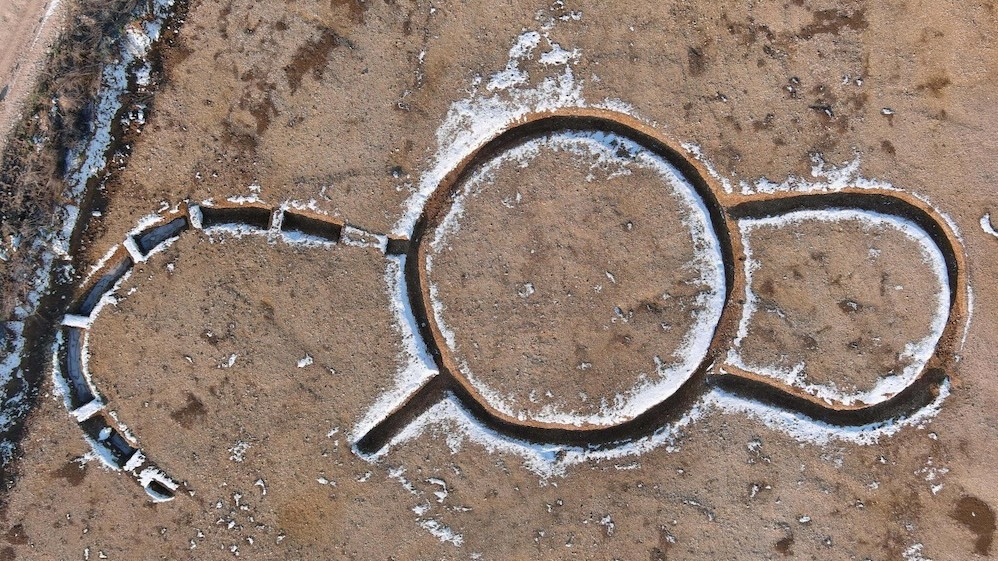Soil Systems, Vol. 7, Pages 30: A Geospatial Modelling Approach to Understand the Spatio-Temporal Impacts of Grazing on Soil Susceptibility to Erosion
Soil Systems doi: 10.3390/soilsystems7020030
Authors: Fabiellen C. Pereira Mitchell Donovan Carol M. S. Smith Stuart Charters Thomas M. R. Maxwell Pablo Gregorini
Grazing management to reduce soil erosion is paramount for preserving and enhancing grassland health under pastoral livestock production systems. However, as the focus of these production systems is to increase productivity, the inclusion of the soil and its complexity in grazing management has been usually neglected. Detailed consideration of the soil spatio-temporal susceptibility to erosion may be best approached with simulation modelling. To understand and explore the spatio-temporal impact of grazing strategies on soil surface erosion, this work used a geospatial model approach in a high-country pastoral livestock production system in New Zealand as a case study. We modelled 45 scenarios characterized by different stock densities and occupation periods applied for each season of the year and for different livestock types: sheep, beef, and deer, producing a total of 540 scenarios. In addition, we included scenarios to represent ungrazed pastures for each season and the current grazing management of the case study station as the baseline for comparisons (resulting in a total of 545 scenarios). Spatio-temporal variation of natural soil superficial erosion from ungrazed pastures appears to be more relevant than the impact of manipulating grazing intensity and indicates that paddocks in our study area have different capacities to support grazing which also changes during seasons. Increases in occupation period seem more detrimental to soil erosion compared to increases in stock density, and cattle are the most detrimental stock type compared to sheep and deer. Our results suggest that grassland health can be enhanced in LUMGS by applying context-adjusted grazing management strategies according to the station spatio-temporal heterogeneity and susceptibility to erosion.

 1 year ago
31
1 year ago
31


